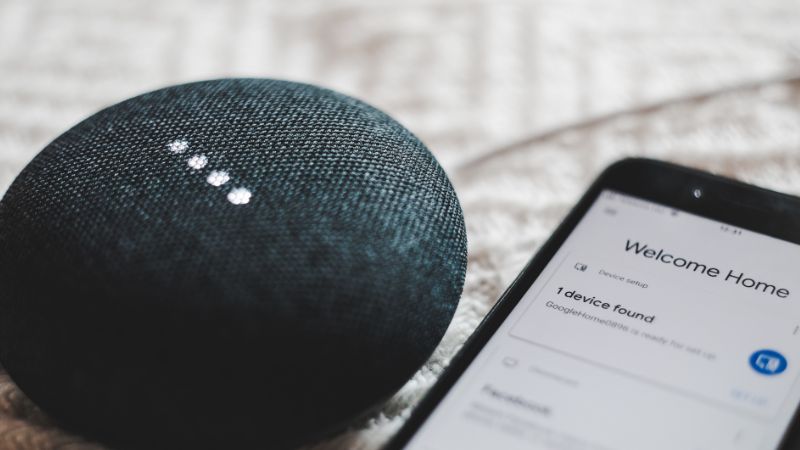Smart Home Devices: Enhancing Comfort and Efficiency

One of the most revolutionary developments in modern technology is the advent of smart home devices. These devices are designed to make our lives easier and more comfortable by automating mundane tasks and providing enhanced control over various aspects of a house, such as lighting, temperature, security systems, and appliances.
Smart home devices such as the garage door opener app use internet connectivity and advanced technology to communicate with each other and provide personalized solutions for managing homes.
In this article, we will look at some of the best smart home devices and how they enhance comfort and efficiency in our daily lives.
Smart Thermostats
Smart thermostats deserve a special mention when it comes to enhancing comfort and efficiency. These nifty little devices carefully learn your daily routine and preferences to better control your home’s heating and cooling systems. They adjust the temperature based on when you’re home, asleep, or away, ensuring maximum comfort while saving energy.
Imagine stepping into a toasty warm home after a chilly winter walk or a cool house on a scorching summer day – that’s the kind of comfort a smart thermostat delivers. With easy-to-use mobile apps offering you unrivaled control and convenience, you can tweak your home temperature from anywhere.
Smart Fans
Another device that can work wonders in enhancing comfort and efficiency is the smart fan. These fans use sensors to detect when someone enters or leaves a room and adjust their speed accordingly. They also have features like sleep mode, which gradually decreases fan speed as you fall asleep, saving energy while keeping you comfortable.
Smart fans can also be controlled through voice commands or mobile apps, allowing you to customize their settings and use them remotely. They also have the added benefit of being quiet, unlike traditional ceiling fans, which can be pretty noisy.
Smart Lighting
Smart lighting systems are a game-changer when it comes to convenience and energy efficiency. These systems allow you to control your home’s lights through voice commands or mobile apps, making it easy to turn them on and off, adjust brightness, or even change colors.
By using sensors and timers, smart lighting systems can also automatically turn lights off when a room is unoccupied, saving energy and reducing electricity bills. They also offer customizable lighting scenes that can create different moods in your home, from relaxing ambiance to energizing brightness.
Smart Plugs
Many of our daily appliances still use power even when not in use, known as standby power. By using smart plugs, you can easily turn off these electronics remotely or set them on a timer to reduce energy waste and save money.
Additionally, smart plugs also offer the convenience of controlling devices through voice commands or mobile apps. This allows you to turn on or off lights, coffee makers, or any other plugged-in appliance, even when you’re not at home.
Final Thoughts
Smart home devices are more than just cool tech gadgets; they can make life significantly easier and enhance comfort and efficiency in our day-to-day tasks. From controlling your home’s temperature to creating ambiance with lighting, the convenience offered by these devices is unparalleled.
When choosing smart home devices, consider factors such as compatibility with other devices, ease of installation and use, energy efficiency, and the level of customization they offer. Research user reviews and ratings to ensure you’re investing in reliable and high-quality products.
